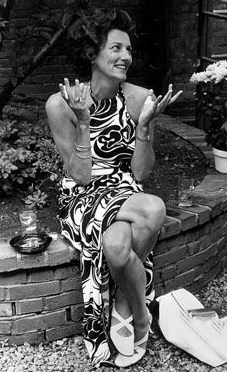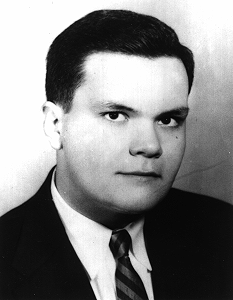Subj: art
Date: 11/28/98 12:55:40 PM Eastern Standard Time
From: BULLMURPH
To: BULLMURPH
Question: If artists are inherently not normal, but the goal of analysis is more or less to overcome abnormalities, is treatment of psychological problems likely to inhibit the subjects’ creativity?
Answer: I don’t know.
This is a fascinating conundrum.
(Something only artists are interested in? I don’t think so. Particularly since books about writer’s lives sell better than the books the artists wrote. The more sensational the life (or death), the more popular the book. As always, this says a great deal more about contemporary readers than writers.)
I think more often than not the artist who gets “help”, whether it’s from medication or analysis (or both) is able to retain the creativity but concurrently enhance productivity. This is significant, and in many ways a best case scenario, not only for the writer, but the family and friends whose lives are invariably made more challenging through their association with a troubled artist. Have we, at long last, finally debunked the romanticized notion of the disenchanted individual (see: tortured artist) churning out masterworks in spite of, or because of, their affliction? This has been an especially egregious construction of lit-crit vampires and prurient pundits, most of whom have no actual insight regarding the association between creativity and mental illness. Hence, we get academic treatises depicting the requisite “abnormal” consciousness that compels creation. It isn’t so much that this is wrong, although it does smack of the worst tendencies of aloof and austere thinking so prevelant in the academy and the church. It is at once condescending and patronizing, in ways ceaselessly unique to tenured professors and clergymen.
Nevertheless, many artists are inspired to create because of a fundamental dissatisfaction with reality and how it is defined, and/or perceived by the masses (is there a better way to say this? The average folks? The normal folks? The consumers? The quietly desperate?). It is rather well documented, often by the artists themselves, that a Van Gogh or a Woolf or a Hemingway would produce in the manic frenzies that either followed or preceded the excruciating lows, or, more often, during the focused, methodical industry of a mere mortal (in other words, during the alternately infrequent bursts of intense production or the more typical–and boring–hours when it’s work, with all the drudgery that entails). And it’s the down times, often exacerbated by alcohol or drug abuse, that stymied their work, not stimulated it. Just ask Bukowski.
I think it’s a good thing that options are more readily available today. Above and beyond the restorative effects of medication, we are seeing a gradual but hopefully inevitable demystification of some of the more unfortunate stigmas attached to chemical imbalances that cause depression. Simply put, these options were not available for many who came before us. As always, awareness is arguably the first and most important step toward improvement: for the artists, and anyone who cares about what they create.



